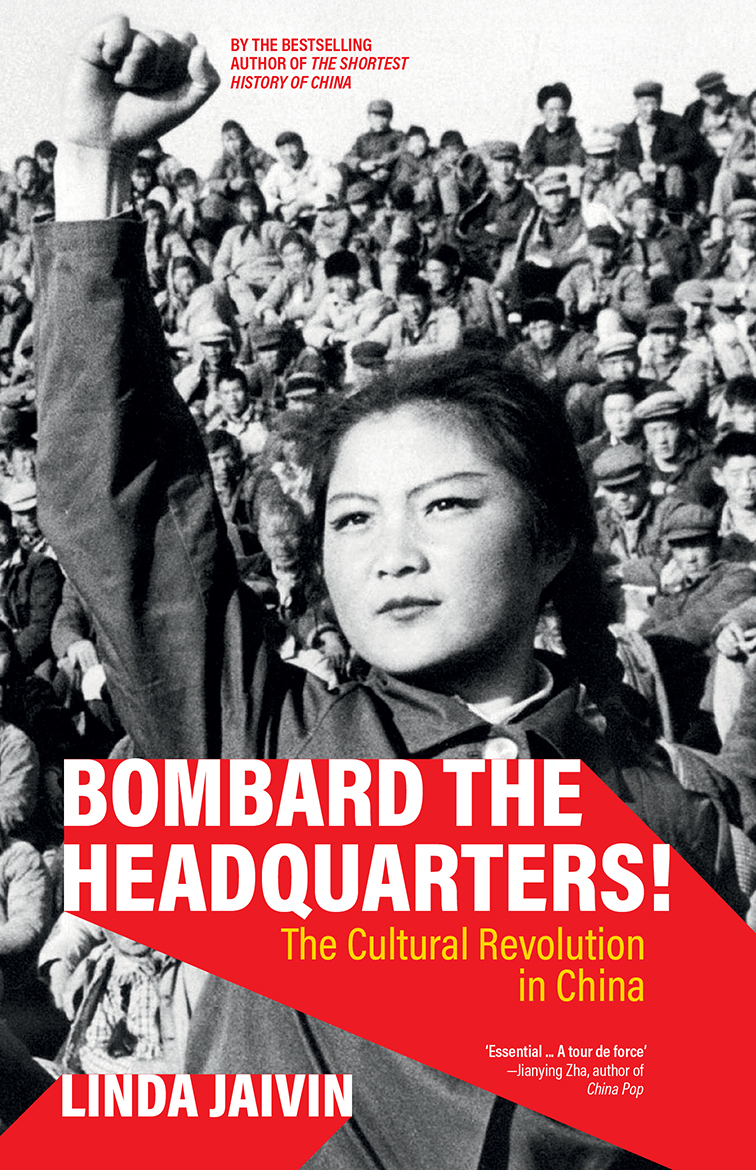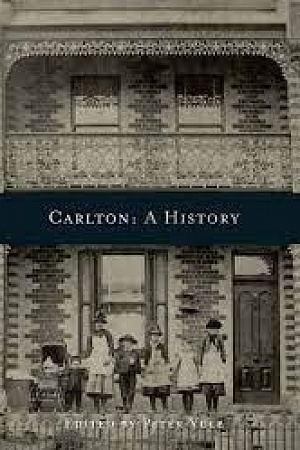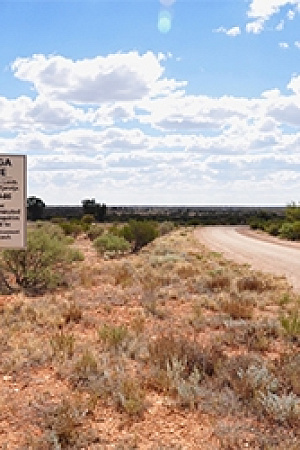Writing the Australian Landscape
In Australia, thinking ‘landscape’, ‘country’, and ‘place’ virtually interchangeable is the hallmark of a migrant society. This is obvious because of the skeleton at our feast, the contrast between Aboriginal and non-Aboriginal ways of seeing land. Both can agree that ‘there’s no place like home’, because ‘place’ here means ‘a place’, a particular place, home. But non-Aboriginal writing commonly separates ‘place’ and ‘home’ – two centuries ago because that was literally so; now often as proof that Australia is multicultural.
I remember Amirah Inglis agreeing that her memoir An Un-Australian Childhood (1983) stood a better chance of being published than if she’d had an Australian childhood. ‘Place’ and ‘home’ are far apart in Amirah’s book. Sometimes mind does follow body to a new home, but equally some, born here or not, accept being migrants. This splits us all from the land, making us as likely to equate ‘country’ with ‘nation’ as with ‘place’. Immigration turns us sideways: the national effort focuses on integrating them with us, rather than us with the land. That’s been broadly so for 225 years, and it’s why most of us live in cities, whereas most Aborigines don’t, or if they do it’s commonly because a city has come to them. It takes time and memory to convert ‘landscape’ to ‘a place’, then to ‘place’, and finally to ‘country’. We have far to go.
Continue reading for only $10 per month. Subscribe and gain full access to Australian Book Review. Already a subscriber? Sign in. If you need assistance, feel free to contact us.








